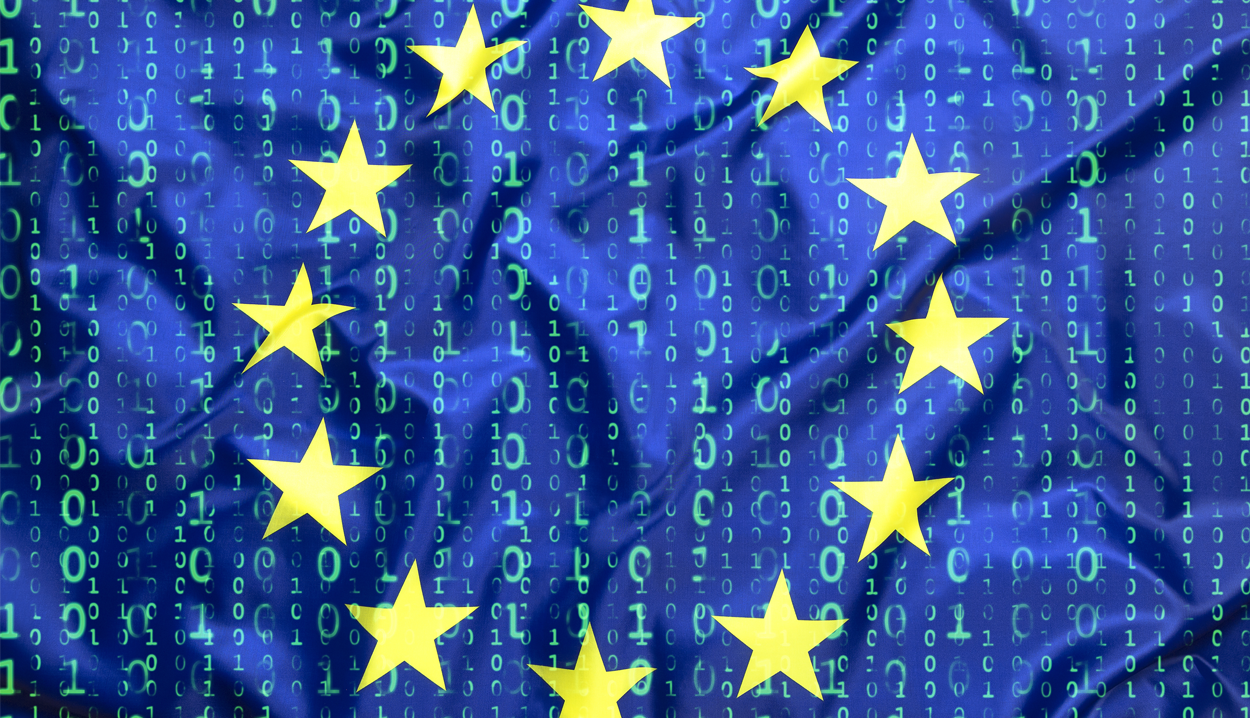This post comes to the App Developers Alliance community from Robi Ganguly, CEO of Apptentive, and one of ADA’s board members.
To many, the field of mobile app marketing is still shrouded in ambiguity. Even the best marketers, trained in various areas of social and web technologies, struggle to break through the clutter of the app stores.
Despite their experience, many marketers they find something lacking in their marketing efforts. They know rankings, ratings, and retention are vital to an app’s success, but have little luck influencing these factors. The truth is, mobile app marketing requires both the old and the new. It’s only with a blend of old school tactics and an adaptation to new, app-specific channels that marketers can thrive in the evolving business of app marketing.
App marketing doesn’t need to be big and scary. It comes down to the channels and strategies you already know and love, with just a few tweaks to incorporate new technologies exclusive to mobile apps.
There are 14 app marketing channels all marketers should focus on. Let’s dive into each to understand how they work separately and together to yield the strongest app promotion strategy.
1. App Store Optimization
App Store Optimization (ASO) is the process of optimizing mobile apps to rank higher in an app store’s top charts search results. The goal of ASO is to drive more traffic to your app’s landing page in the Apple App Store or Google Play Store, so that searchers can take a specific action: downloading your app. SEOs and other online marketers will be relieved to know that they are already well versed in many of the factors that influence an app’s rank, including keywords, titles, imagery, and views (downloads, in this case). ASO takes the basics of SEO factors and takes app landing page content, rating, reviews, and loyalty into consideration.
2. Ratings and Reviews
A cornerstone of mobile app marketing, app store ratings and reviews provide potential customers with the ever valuable assurance of quality. Just as Yelp reviews can make or break a local business, the slightest change in your app’s rating translates into dramatic changes in your app store rank, downloads, and revenue. As we found in our 2015 Consumer Survey on App Store Ratings, increasing your app’s average rating by just one star (from a 3.0 to a 4.0) can almost double your expected downloads. Reviews play an equally important role, with one-third of browsers reporting reading at least seven reviews before making the decision to download a paid app—and you don’t want to be on the “only 2.5 stars” of the spectrum during that decision.
3. Affiliate Marketing
One of the least used but most effective app marketing channels, affiliate marketing is almost identical to online referral marketing. Through this channel, app marketers can join an ad network, such as Apple’s Affiliate Program or the Google Display Network, to create featured widgets and code snippets that other app or web publishers can embed on their platforms. For each download such an app generates, the app publishers receiving the download pays the affiliate a small reward—typically in the form of revenue sharing.
4. Paid Advertising
Equivalent to search engine marketing’s Pay-Per-Click advertising in Google’s Adwords or Bing Ads networks, mobile app’s version of paid advertising is a way to quickly grow downloads and reach a targeted audience. Paid app marketing can be done through many different channels, from the app stores, to social media, to other apps. Tracking which channel(s) provide the best results through attribution is crucial to success. While most of these channels will come naturally to the experienced digital marketer, incentivized Cost Per Install (CPI) and app marketing’s version of retargeting are unique to the app world.
5. Fresh Content
If ratings and reviewers are a cornerstone of app marketing, content is the meat and potatoes. Particularly benefiting acquisition and retention, content is the key to app sustainability. 60% of mobile customers get bored with an app after their first month of using it and promptly abandon it. If you want to hold their attention, it’s imperative that you offer them something new and original every time they open your app.
6. Loyalty Programs
App loyalty programs seek to convert casual customers into highly active and highly profitable evangelists. In the app world, this often comes down to rewards systems (e.g., offering a discount on a customer’s next purchase after a recent transaction), gamified achievements (e.g., offering an in-app badge or unlocking a new feature after a customer refers friends), or blurring the lines between app marketing and traditional marketing by allowing customers to earn and track loyalty rewards, obtained through either in-app, in-store, or online purchases, on their mobile app.
7. Usability and Visual Design
Requiring continuous collaboration between app marketers, developers, and user interface designers, this channel refers to the interaction between your customer and your app. When it comes to usability, simplicity is the most sophisticated. A natural-feeling navigation flow probably may be overlooked by your average customer, but a poor design will be impossible to ignore.
8. Push Notifications
Push is a double-edged sword for app marketers. Akin to email drip marketing, drip notifications are messages or alerts that appear on a customer’s device even when they are not actively using your app. They can be used to introduce new features, inform customers of timely and relevant events, or to announce a new sale. Done right, push notifications are a great tool for retention. Done wrong, however, they’re the #1 reason for app uninstalls.
9. Personalized Messaging
You may have noticed how I’ve very rarely used the term ‘user’ in this post. That’s because your mobile app customers aren’t a series of anonymous data points; they’re people. And like you and I, each customer is unique. Personalized messaging, like one-to-one marketing, is the manifestation of how we incorporate everything we know about our customers’ loves, likes, and dislikes into their mobile app experience. Using customer insights, mobile analytics, and customer journey mapping, we can design a marketing strategy that puts our customers first.
10. Word of Mouth
This leading driver of app discovery is also the hardest to measure—and the hardest to control. Ultimately, referrals come down to creating an app customers not only love, but love to talk about. We touched on two methods of word of mouth (WOM) marketing in previous channels (reward programs incentivizing referrals, and app store ratings and review), and we’ll add to this list: Making your app easy to share so customers who love it can spread the love to their personal networks, driving downloads and customer loyalty simultaneously. “At the table discovery” during a meal with friends, or a friend asking, “Hey, have you used this app yet?” are still huge drivers behind downloads and should not be ignored.
11. Social Media
Social media is well entwined in today’s marketing toolbox. Fortunately for us, we don’t have to adapt our favorite social strategies. You can promote your app on Twitter, Facebook, and the likes just as you would promote any website or business. The only thing we’d add is a consideration of paid promotion. Twitter’s App Cards, Facebook’s App Install Ads, and Pinterest’s App Pins are all geared specifically to mobile and, if your budget allows, are a great way to reach a very targeted audience.
12. Blogs and Multimedia
Again, your favorite inbound strategies are perfectly suited for app marketing over blogs and other online mediums. Adding a content and blogging strategy to your mix will allow you to reach new audiences and boost organic traffic by appealing to ASO’s more established uncle, search engine optimization. Another highly recommended content medium for app marketing is video. Well produced app demos or promotional videos provide your best chance of getting your content viewed and shared by large audiences, and can be displayed both online and in your app’s landing page in the App Store or Google Play.
13. Internet Forums, Q&A Sites, and Social Bookmarking Services
We love forums and other virtual communities for the same reasons we love social media. This channel is a no-cost alternative to paid advertising and allows you to communicate directly with your target demographic. Whether you’re creating a casino app or the next Yo, there’s bound to be a community out there full of potential customers.
14. Press, Influencer Outreach, and Public Relations
Sadly, we don’t all have unlimited resources for app promotion, but that doesn’t mean we can’t generate buzz. As a grassroots approach to viral, you can reach out to your connections and
key influencers, social media personalities, and bloggers in your app’s category in the hopes of leveraging their personal brands to promote your app. The holy grail of app press is getting featured by Apple or Google in their respective app stores. Both companies regularly review apps and prominently display their top recommendations in their app store—a feat which will immediately and dramatically drive downloads for your app.
There you have it: 14 app marketing channels guaranteed to not only acquire but retain customers for your mobile app.
At the end of the day, app marketing need not be something big and scary, nor does it need to be relegated to ‘just another marketing buzzword.’ With the right metrics and analytics to map every step in the customer’s journey, mobile app marketing should be seen, instead, as something all marketers can get behind.
Do you leverage any app marketing channels not included on this list? What channels have worked best for you? I’d love to hear your thoughts in the comments below.






